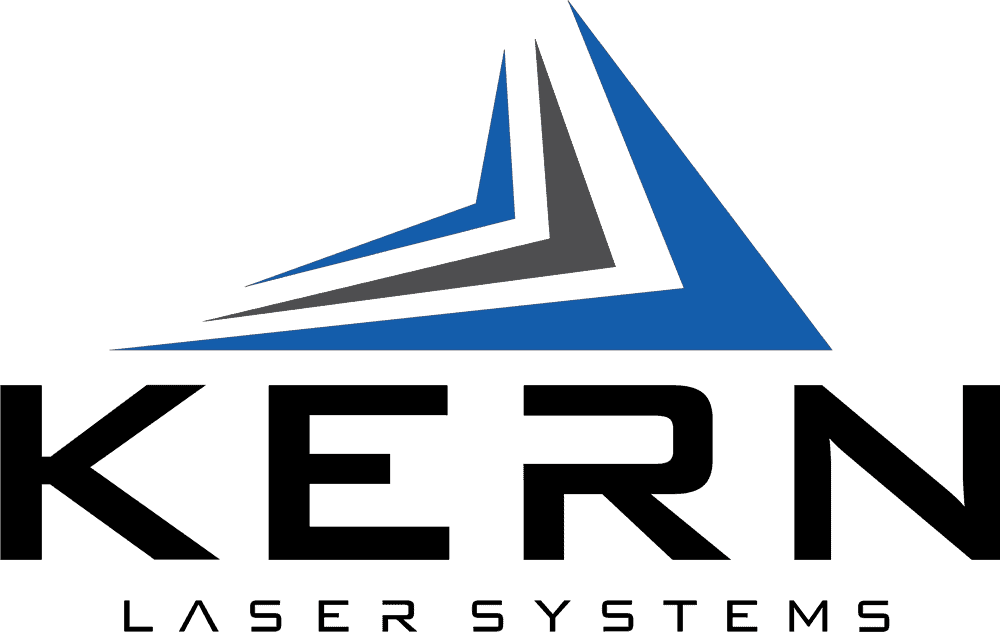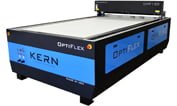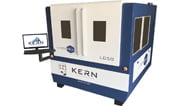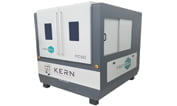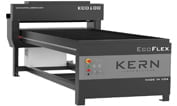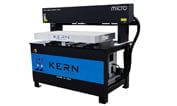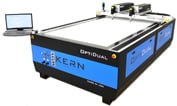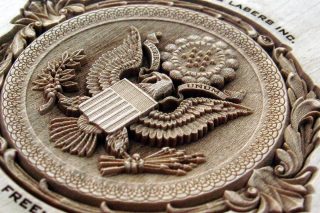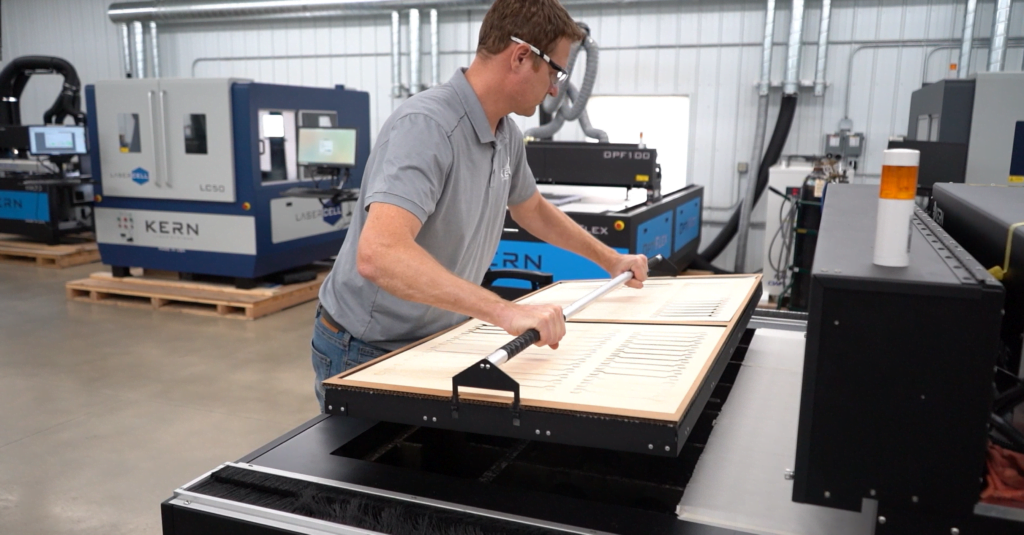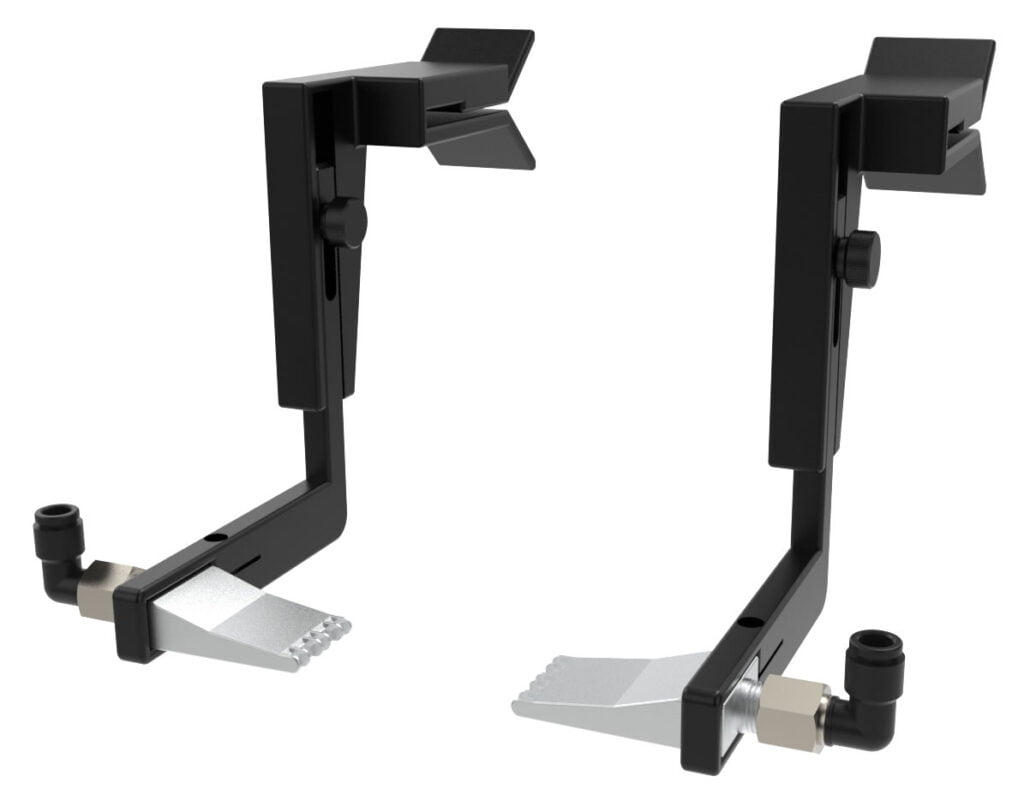Kern laser cutting and engraving machines stand out for many hardware-related reasons, like our rigorous, made-in-the-USA build quality, our use of the best materials, and the many add-on options we offer to ensure your machine is perfect for your purpose, but another way our products stand out from our competition is our proprietary software, KCAM.
KCAM is our in-house laser control program, and it comes standard with every laser system we sell. KCAM gives the user direct, easy control of the motion settings and laser power controls for their laser cutting and engraving system.
Creating KCAM answered our own need for a control program for our lasers. These days there are some off-the-rack software options users can purchase to operate a laser, but such programs were much less common when we first built KCAM. And although the market has shifted over time, our software remains unique. Available alternatives are no substitute for using KCAM in a Kern laser system.
Using our own software in our machines offers a level of control and entwined integration competitors can’t match. Our lasers have many points of customization, so a one-size-fits-all third-party software product would hold back our machines’ capabilities. In particular, our lasers’ in-depth engraving capabilities and metal-cutting features require an advanced software interface to perform as well as they do.
The Convenience of KCAM
KCAM is designed to prioritize convenience and ease of use. It uses a graphical user interface (GUI), which makes it easy to work with relative to other programs on the market, many of which require a heavy coding lift and advanced technical background knowledge to operate well. When you open KCAM, the main screens of the software give the user access to the most important settings of the system in a series of tabs. These settings tabs are arranged roughly in order of the settings you would want to tweak to get set up for processing jobs with the laser.
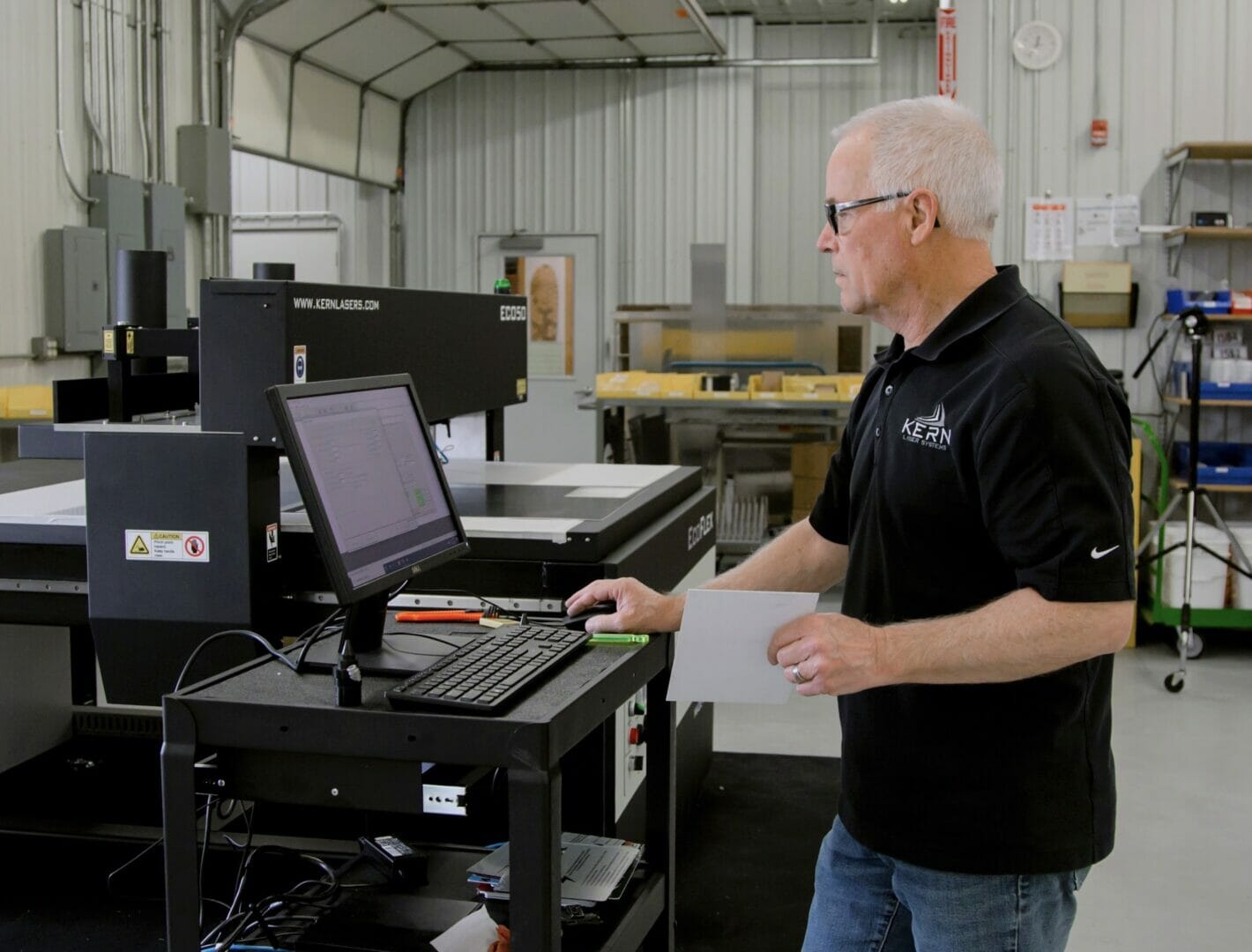 Thorough knowledge of G code, the language used to control many computer-operated manufacturing tools, is not required to use KCAM to import a cutting file and begin processing with your machine. With KCAM, you can get from design to cutting very quickly. You can draw your design in CoreIDraw, click “print,” and get the file into KCAM within a matter of seconds. KCAM can also take many other file types, like .jpgs and Illustrator files, although PDF is the most common file type for most customers, and you can use any software that produces PDFs.
Thorough knowledge of G code, the language used to control many computer-operated manufacturing tools, is not required to use KCAM to import a cutting file and begin processing with your machine. With KCAM, you can get from design to cutting very quickly. You can draw your design in CoreIDraw, click “print,” and get the file into KCAM within a matter of seconds. KCAM can also take many other file types, like .jpgs and Illustrator files, although PDF is the most common file type for most customers, and you can use any software that produces PDFs.
Competitors’ comparable software packages are known to present steeper learning curves for the user. And where there is a learning curve with our lasers and software, we are here to help you along the way. Each of our laser systems comes with a two-day training course at our factory, where customers learn how to use their specific laser, running KCAM, before it is shipped to them. We also offer onsite training as well as online training, and at any time our technical support team is standing by to offer software assistance.
We also have a library of instructional videos on working with KCAM available on our website and YouTube channel.
Unique Features
In addition to its excellent level of control over the performance parameters of the laser system, KCAM includes several intuitive and useful capabilities you won’t find on other software:
- With KCAM, it is possible to stop the laser in the middle of a cut file, adjust the settings, and resume processing from the stopping point.
- KCAM allows the user to cycle back through the cut points of the cutting file and re-cut if a point was miscut, or if some other type of mistake occurred during processing.
- With KCAM, it is also possible to set up a backup power supply for the laser system’s communications box to keep the laser’s position in the event of a power outage. Once again, you can resume cutting from the stopping point once power is restored.
- KCAM also offers our cut optimizer feature, which can be used to place all of the parts in a cut file into an efficient arrangement to create the smallest possible amount of waste during the cutting process. This simplifies what would normally be a complex and time-consuming process.
- Several KCAM features also allow for optimized metal cutting. One example is the pierce delay feature, which can be used to set the laser to pierce a piece of metal more slowly, in order to avoid creating a larger cut hole during piercing. Laser assist gas is also programmable from within the software.
- KCAM has a time estimator used to determine approximately how long a file will take to process before cutting. This helps users cost out jobs. The program can also be used to log daily use and see how long the machine was idle or active during the day. These features can help the user estimate the return on their investment in the laser system through their usage statistics.
KCAM also has macros that optimize its use with CorelDraw too, like its exporter, which makes it easy to send files out of the software with the click of a button, and LeadIn Pro, which is used to specify a lead-in during cutting. When cutting a circle, this feature tells the laser to cut a little “tail”—the lead-in—inside or outside of the circle to hide the cut’s starting point and produce a more uniform part.
